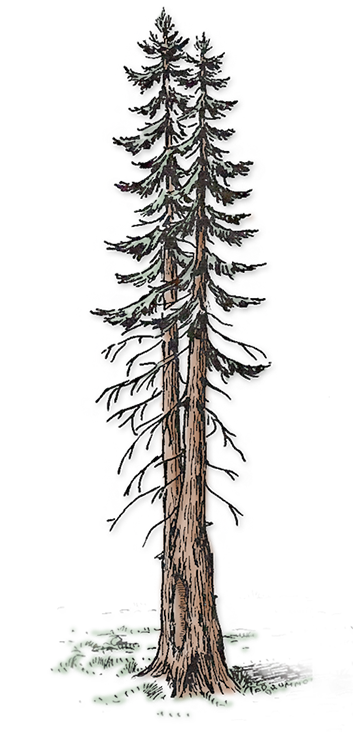DL COURSE DESCRIPTIONS
Some of our DL (Distance Learning) courses mirror our live courses. Here are the particulars about the DL versions of any subject:
Controlling Intermediate Corners - A review of these complex forms of evidence in the PLSS. They exist throughout the PLSS states and many surveyors are either unaware of their existence, or simply do not know what to do with them. This course fills that gap. (Florida course No.8246)
-Lecture Time = 120 minutes Reading Time = 80 minutes
Subdivision of Fractional Sections - A detailed discussion of the complex subject of subdividing fractional sections. The course starts with important terminology, then proceeds through the federal law on the subject, includes the basic math and application of weighted mean bearings, and ends with a look at issues with completion surveys that involve fractional sections that do not appear to be fractional. (Florida course No.8249)
-Lecture Time = 140 minutes Reading Time = 60 minutes
Witness Corner Policies - A complete look at changes made in the 2009 BLM Manual to correct earlier instructions which were inconsistent and created indefensible corner positions. Witness Corners are divided into off-line and on-line, the latter of which have two methods, depending upon the type of corner witnessed. (Florida course No.8247)
-Lecture time = 37 minutes Reading Time = 12 minutes
Corner Evidence Analysis - A comprehensive look at the issues involving our most important duty as licensed professionals: the way we analyze evidence we find in order to determine a corner position. The course covers the law on this subject, sources and uses of record data, types of field evidence left by the GLO, and some of the keys to resolving conflicting evidence in deeds, on the ground, or in the chain of title.
-Lecture time = 270 minutes (four parts) Reading Time = 130 minutes
Ethics for the Professional Surveyor - A look at the basics of deontology, or the study of ethics, as it relates to our profession. The course reviews the NSPS Ethical Standards as well as presents several current ethical issues in the world of surveying and engineering. (Florida course No.8300)
-Lecture Time = 180 minutes Reading Time = 20 minutes
Dealing with the Latitudinal Curve in the PLSS - An in-depth look at how the latitudinal curve impacts our resurvey/retracement efforts in the PLSS. Course offers two methods to compute the curve, a discussion on when it matters, and a thorough look at what the Astronomic Basis of Bearings does to COGO computations. (Florida course No.8248)
-Lecture time = 155 minutes Reading Time = 45 minutes
Basic Riparian Surveys - An introductory course in non-tidal riparian issues. Course discusses many of the terms and concepts related to water boundaries, then shows applications of the laws and court cases to actual basic riparian movements and their impact on boundaries.
-Lecture Time = 300 minutes Reading Time = 100 minutes
Lotted Sections Workshop - Regular section subdivision is understood by most, but what about sections with lotting? This course explores the reasons for lotting, and how to subdivide sections under several different scenarios. Closing sections, fractional sections, and unlotted clsoing sections are all discussed. The course ends with a lesson on using closing corners in the closing sections.
-Lecture Time = 195 minutes Reading Time = 130 minutes
Indexing in the PLSS - The Manual allows indexing in several circumstances, yet it is not that often applicable given the lack of data an individual surveyor may have access to; thus when it is applicable, many do not know how to assess and apply it. This course goes into details of how to apply, when to apply, and what constitutes a sufficient sample size for the application of this process.
-Lecture Time = 180 minutes Reading Time = 20 minutes



